Basic First Aid For Cats
If your feline friend is ever injured, knowing how to carry out basic first aid could mean the difference between life and death. This guide will help you be prepared for an emergency give you guidelines to keep your cat safe until you can get to the vet.

Know Your Cat’s Normal Vital Signs
It’s a good idea to familiarize yourself with the vital signs that are normal for a cat, and measure your cat’s vital signs from time to time, so you’ll have a baseline for what’s normal for your cat. In the event of an emergency, you’ll want to check vital signs and have that information available for your vet.
Normal Vital Signs:
Temperature: 100.5 - 102.5º F
Pulse: 110 - 180 beats per minute
Respirations: 20 - 30 breaths per minute (BPM)
*Capillary refill: less than 2 seconds (this is the time it takes your cat’s gums to return to pink after applying pressure with your finger)
What Are the Danger Signs?
Keep your veterinarian and emergency hospital’s contact information somewhere you can easily access it and call the vet if you notice any of the following signs of danger:
Loss of consciousness, fainting, or collapse
Seizures
Breathing Issues - rapid breathing, panting, or struggling to breathe
Abnormal pulse
High or low temperature
Pale gums
Limping, trouble walking, or paralysis
Serious injury
If your cat is injured, you’ll need to take a few precautions to both protect yourself and prevent further injury. Be cautious - even the gentlest pet may bite if experiencing severe pain.
If kitty has a broken bone or serious wound, lay him on a blanket and very gently wrap the wound. Don’t try to set broken bones yourself. If there is serious bleeding, try to elevate the injured area above the cat’s heart and, if you can, apply pressure to the wound to slow the bleeding. Then, very slowly and carefully put the cat in a carrier, supporting his body both under the shoulders and under the hips.
Loss of Consciousness
If the cat is lying motionless, check to see if he or she is conscious. Do this by flicking an ear to see if it twitches, or pinch the skin between the toes to see if you get a reaction. If kitty appears to be unconscious, remember the ABC’s:
A - Airway: Open the cat’s mouth and pull his tongue forward. Then, gently sweep your finger over kitty’s tongue to try to find anything that might be blocking the throat.
B - Breathing: Check if your cat is breathing by looking for the rise and fall of his chest and feeling for air from his nostrils.
C - Circulation: Check for a heartbeat, by feeling the chest and inside the back leg for a pulse.
If you can’t find a pulse and the cat isn’t breathing, administer CPR by gently squeezing the chest under kitty’s front legs with one hand at a rate of two compressions per second. Every 10 compressions, cup your hand around kitty’s face and blow into the nose. Get to a veterinarian at once.
Hypothermia
Hypothermia can occur if your cat’s temperature drops below normal for too long. This can happen if she’s outside in winter for too long or falls into freezing water. Wrap kitty in warm, dry blankets. You can warm them in your tumble clothes dryer. Then, get your cat to the vet immediately.
Overheating
Cats can easily overheat and develop heat stroke on a hot day if they’re trapped somewhere with no shade and no fresh water. If you notice your cat is hot, panting, or has red gums, this is an emergency. Cool kitty off with damp towels, especially around the armpits and groin, and get her to the vet at once.
Drowning
If you can get to a drowning cat, pull him to safety and dry him off with a towel. If he’s not moving, hold kitty by the hind legs with his body hanging down, and shake up and down to clear water from his lungs. Then, of course, get him to the veterinarian.
Your Home First Aid Kit
Have a first aid kit handy for your cat and you’ll be prepared to deal with minor accidents and injuries at home - or you’ll be able to provide care for your cat until you can get him to the vet. You can buy a pre-made pet first aid kit, or make your own with the following items:
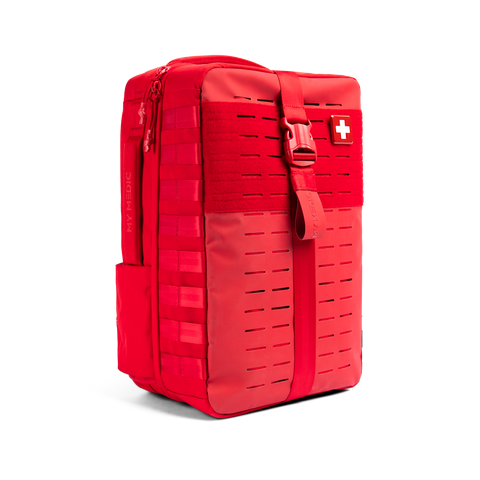 NEW ARRIVALS
NEW ARRIVALS
 BEST SELLERS
BEST SELLERS
 SUPERSKIN™
SUPERSKIN™
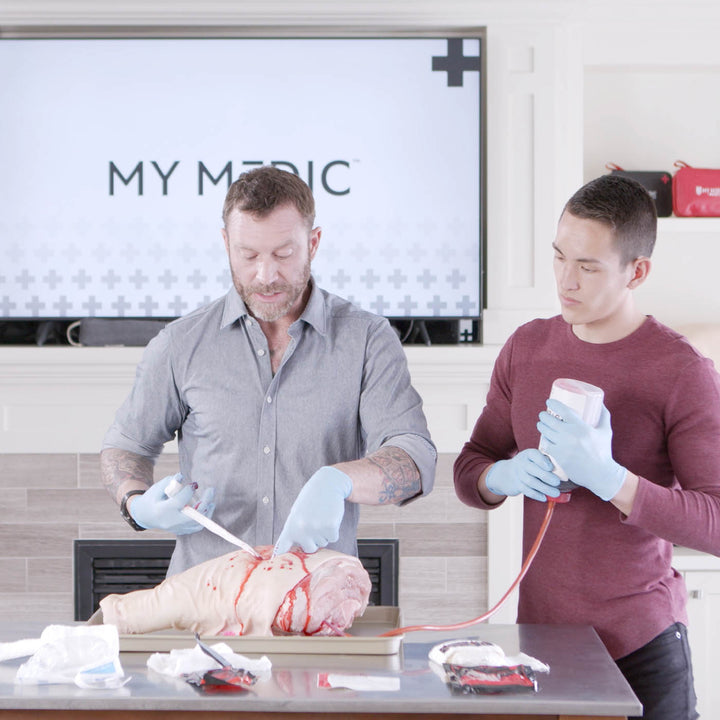 COURSES
COURSES
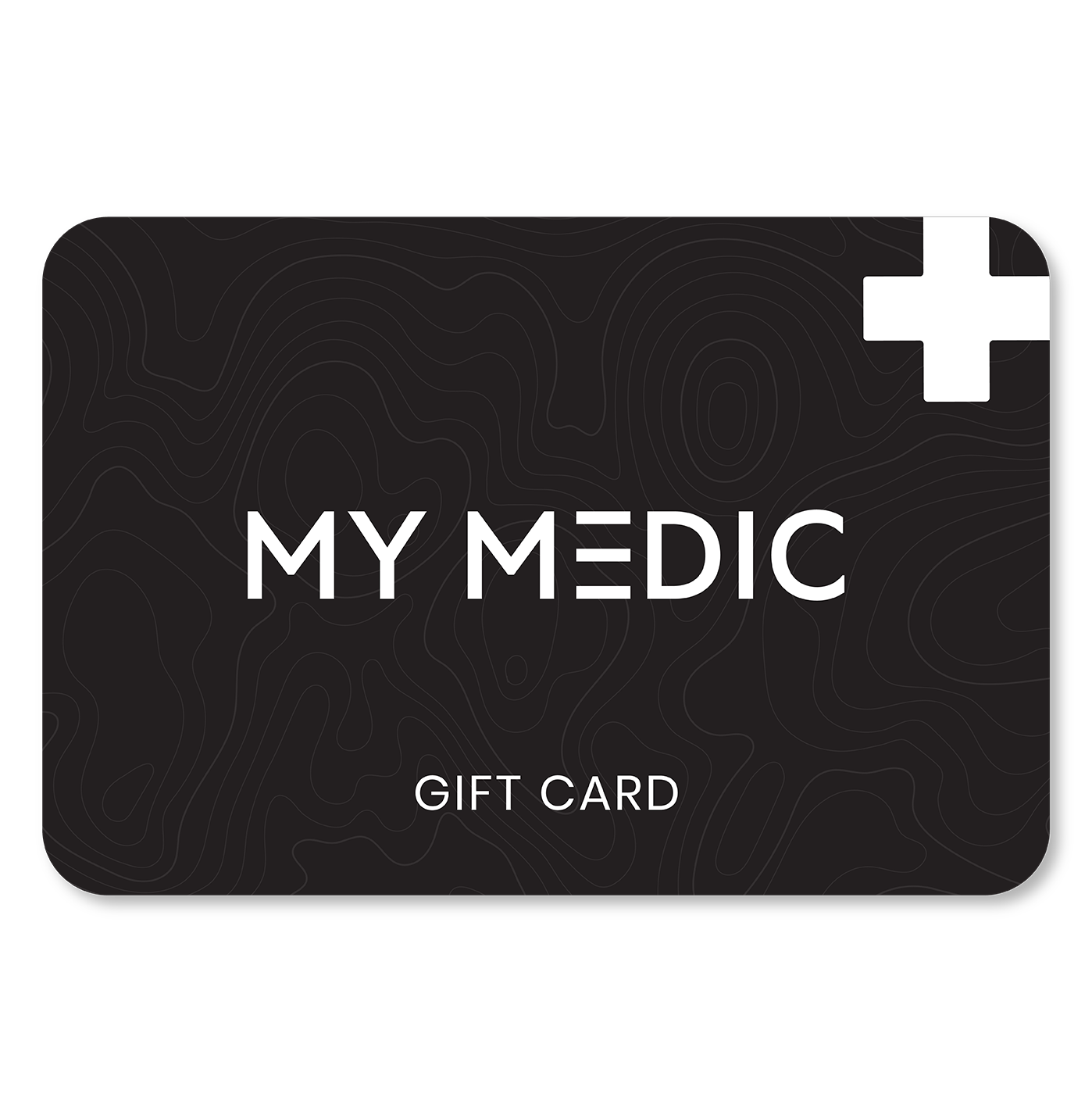 REWARDS
REWARDS
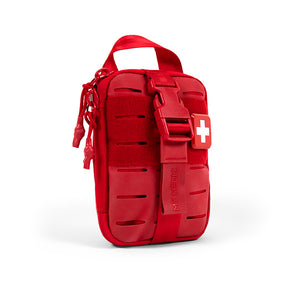 The MyFAK Collection
The MyFAK Collection
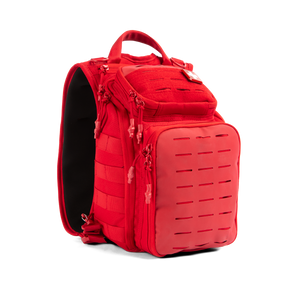 Specialty
Specialty
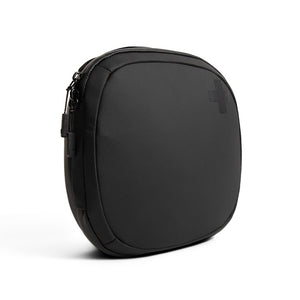 The Ready Collection
The Ready Collection
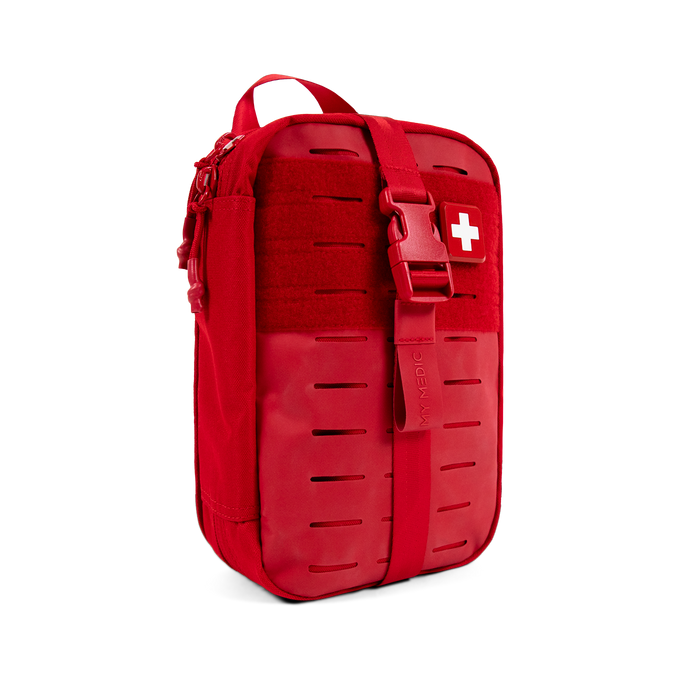
 BLEED
BLEED
 OUTDOOR
OUTDOOR
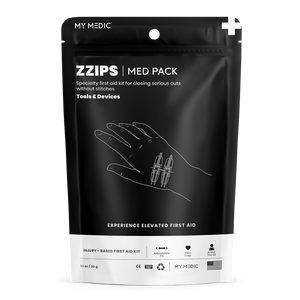 TOOLS & DEVICES
TOOLS & DEVICES
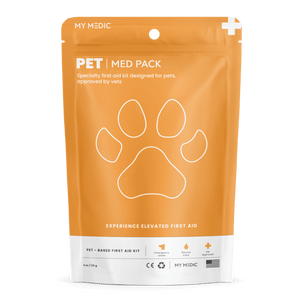 SPECIALTY
SPECIALTY
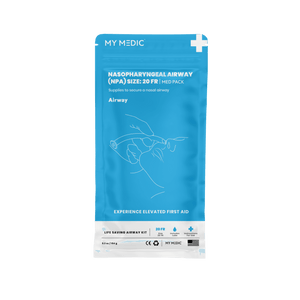 AIRWAY
AIRWAY
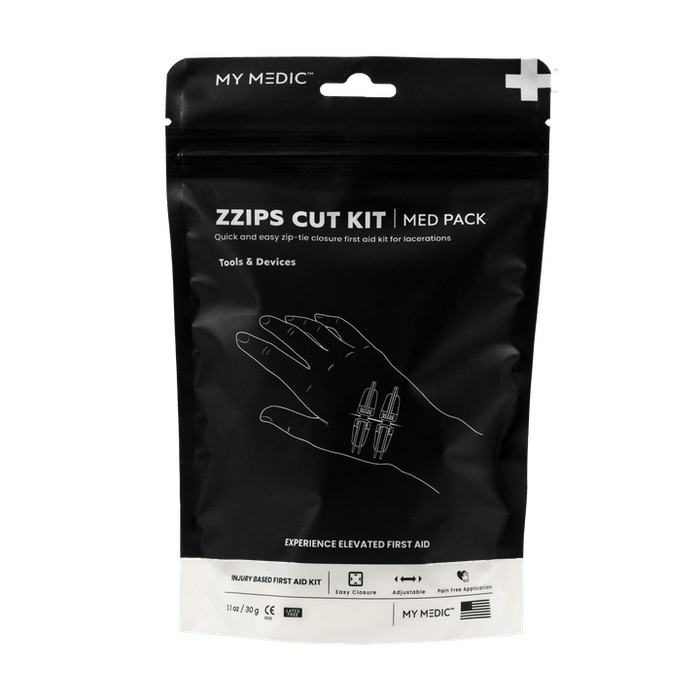
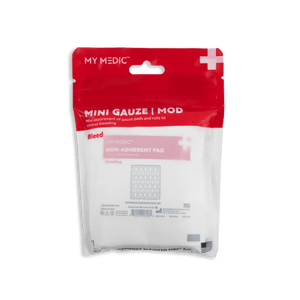 BLEED
BLEED
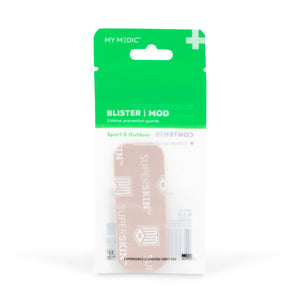 OUTDOOR
OUTDOOR
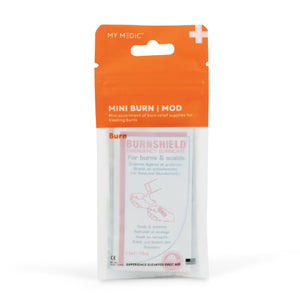 BURN
BURN
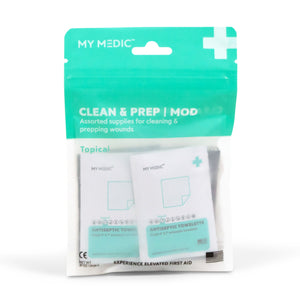 TOPICAL
TOPICAL
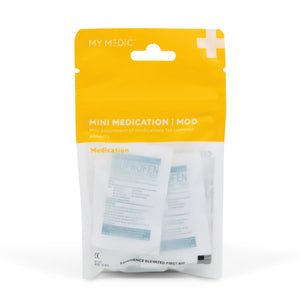 MEDICATION
MEDICATION
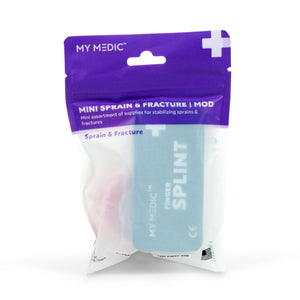 SPRAIN & FRACTURE
SPRAIN & FRACTURE
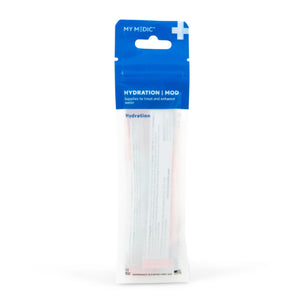 HYDRATION
HYDRATION
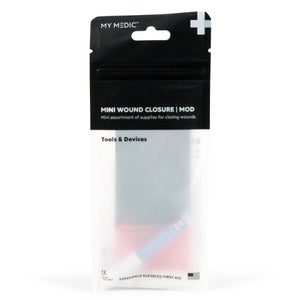 TOOLS & DEVICES
TOOLS & DEVICES
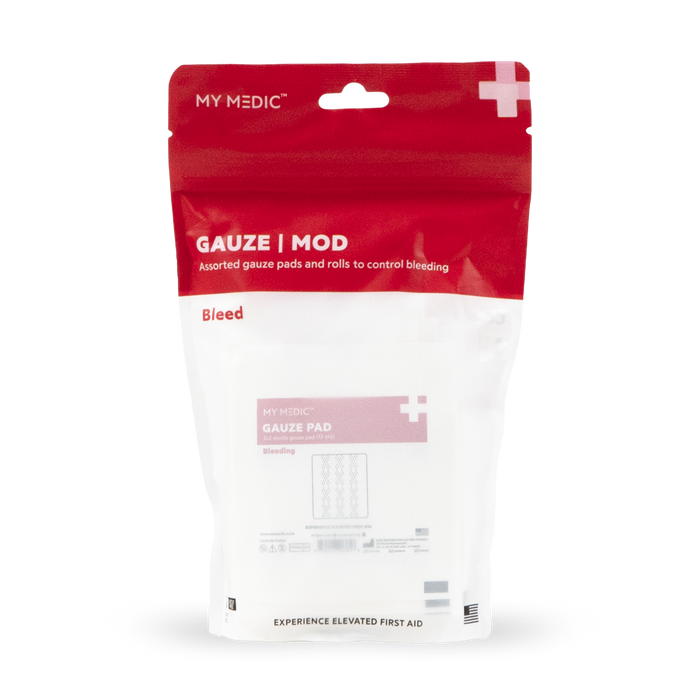
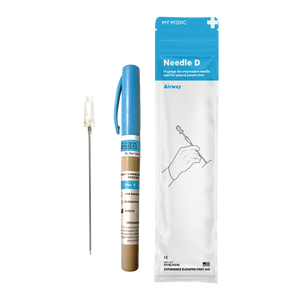 Supply Categories
Supply Categories
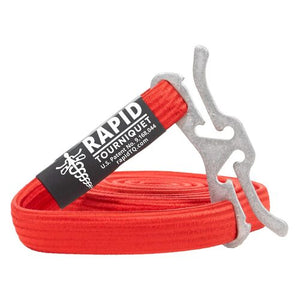 Top Sellers
Top Sellers
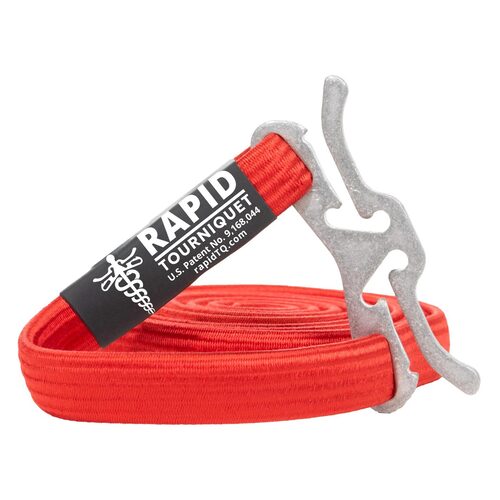






Leave a comment